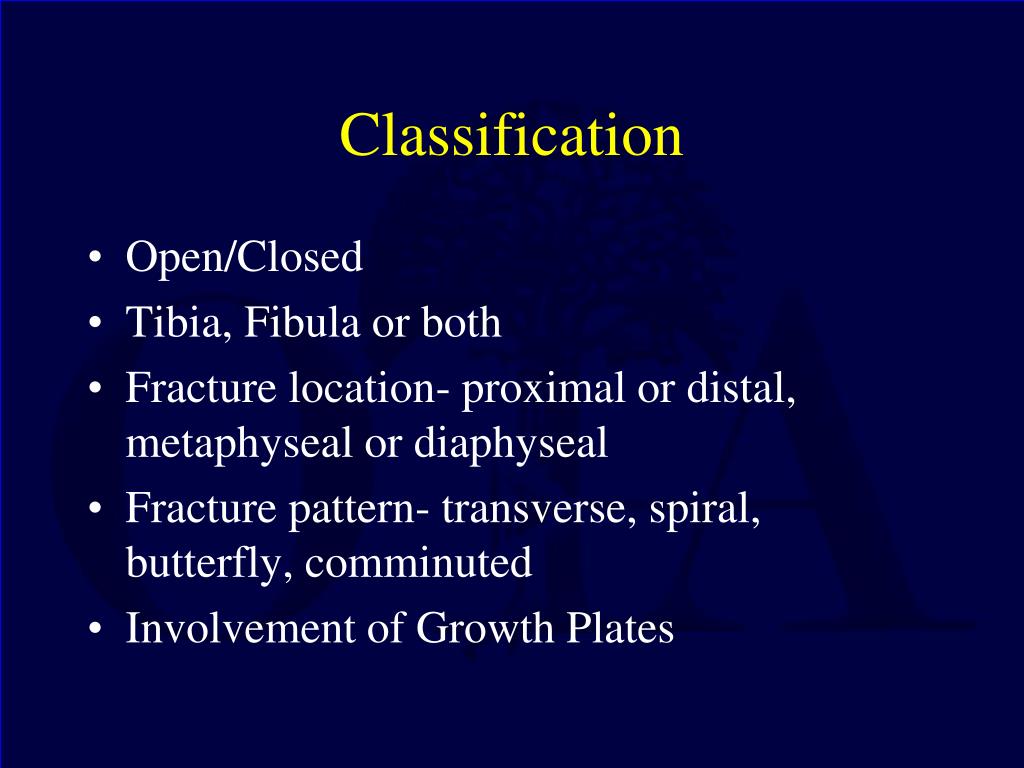
However, this classification is simple and hence easy to use, and is generally able to predict prognostic outcomes and guide treatment regimes. This is due to much of the criteria being at risk of observer errors, and is a known liability of this scaling system. Different studies have shown inter-observer reliability of approximately 60% (ranging from 42% to 92%), representing poor-to-moderate agreement of scale grading between health-care professionals. There are many discussions regarding the inter-observer reliability of this classification system. Open fracture associated with an arterial injury requiring repair, irrespective of degree of soft-tissue injury. Will often need further soft-tissue coverage procedure (i.e. Usually associated with massive contamination. Open fracture with extensive soft-tissue loss and periosteal stripping and bone damage. Open fracture with adequate soft tissue coverage of a fractured bone despite extensive soft tissue laceration or flaps, or high-energy trauma ( gunshot and farm injuries) regardless of the size of the wound Open fracture, clean wound, wound 1 cm but < 10 cm in length without extensive soft-tissue damage, flaps, avulsions

Classification Gustilo Open Fracture Classification (Medical Science) It is important to recognize that a Gustilo score of grade 3C implies vascular injury as well as bone and connective-tissue damage. Progression from grade 1 to 3C implies a higher degree of energy involved in the injury, higher soft tissue and bone damage and higher potential for complications. This system uses the amount of energy, the extent of soft-tissue injury and the extent of contamination for determination of fracture severity.

It was created by Ramón Gustilo and Anderson, and then further expanded by Gustilo, Mendoza, and Williams.

The Gustilo open fracture classification system is the most commonly used classification system for open fractures.


 0 kommentar(er)
0 kommentar(er)
